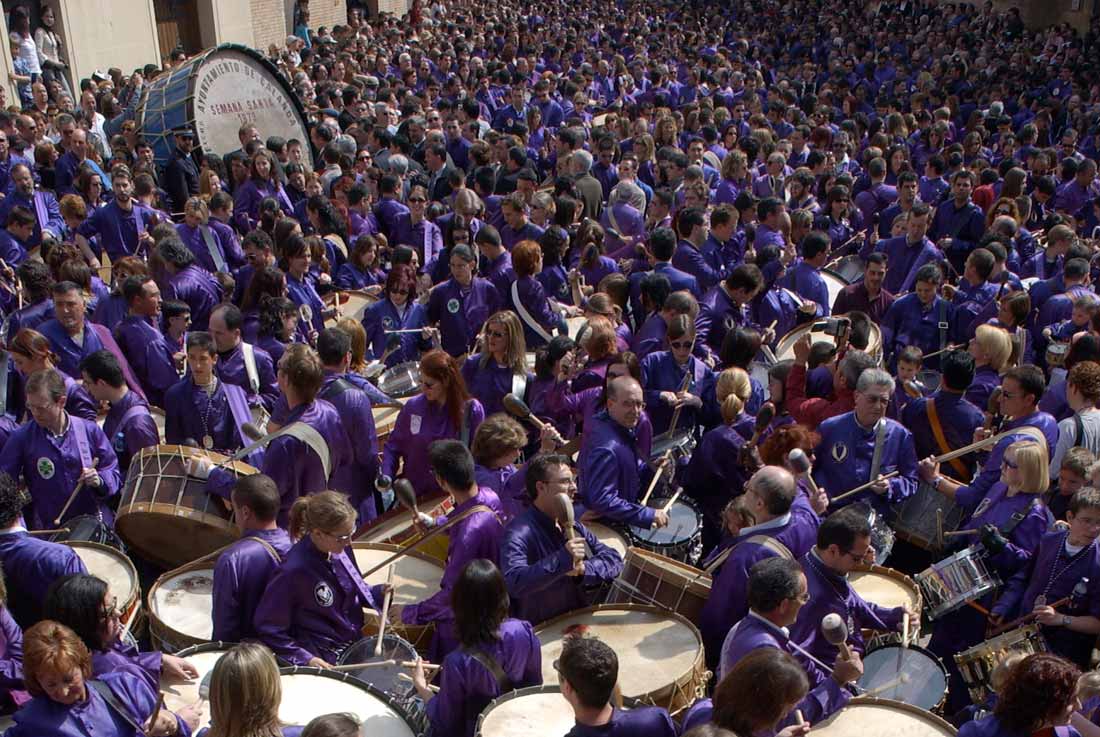With ten localities whose Holy Week has been declared a Festival of International Tourist Interest, Aragon is one of the autonomous communities that brings together more events of interest on these dates, all of them spread throughout its geography.
Easter Week, which this year will be celebrated from April 1 to 9, 2023, is one of the most important celebrations of the Catholic religion. Throughout nine days, the moments that preceded the crucifixion of Jesus Christ are commemorated, as well as his subsequent resurrection on Easter Sunday.
In Aragon, Easter is celebrated in an intense way, with the sound of the drum as a backdrop and with the privilege of having ten localities (Zaragoza and the nine towns of the Ruta del Tambor y el Bombo del Bajo Aragón) whose Easter Week is declared as a Festival of International Tourist Interest.
Route of the Drum and Bass Drum: when the “thunder rumbles in the bowels of the earth”
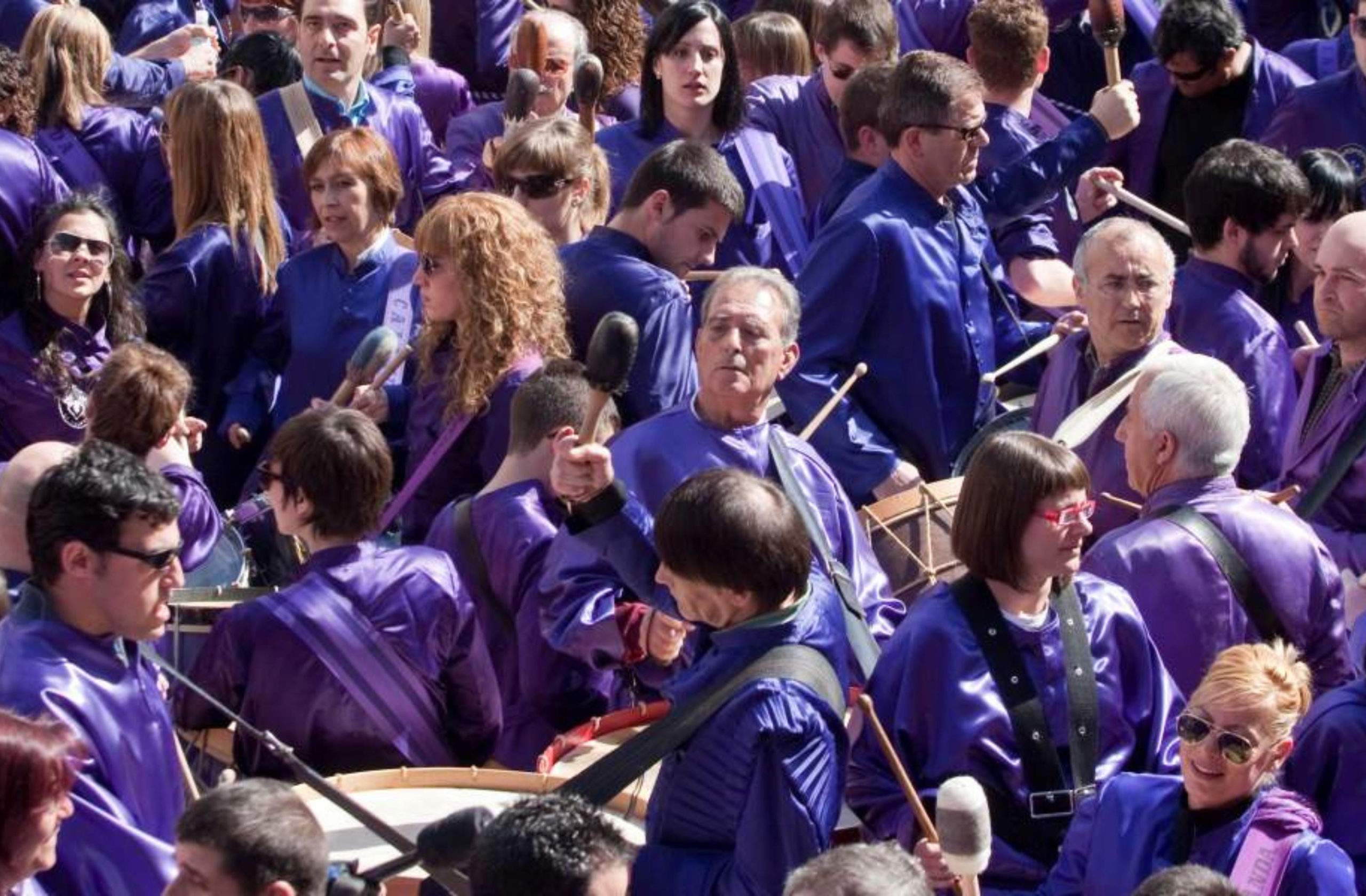
If the drum characterizes all the Aragonese Holy Week, in the localities that compose this route this instrument reaches an enormous dimension. Declared as a Festival of International Tourist Interest and Intangible Cultural Heritage of Humanity by Unesco, the Route of the Drum and Bass Drum is one of the most international events of the Aragonese Holy Week. And it is that as described to the world in 1967 the filmmaker and universal calandino Luis Buñuel, every Good Friday, at 12:00 o’clock noon, “the thunder rumbles in the bowels of the earth”. This is how the father of surrealism in cinema defined the Breaking of the Hour.
A sensation difficult to describe that can be felt in several localities of the Route of the Drum and Bass Drum: Albalate del Arzobispo, Alcorisa, Andorra, Híjar, La Puebla de Híjar, Samper de Calanda and Urrea de Gaén. The night of Maundy Thursday to Good Friday, all these municipalities break the hour in unison, playing continuously until Holy Saturday afternoon. In all, except in Alcañiz, a town belonging to the route where the hour is not broken, and Calanda, a municipality that starts its Rompida de la Hora at 12.00 am on Good Friday.
As a curiosity, this year the “Bombo grande” of Calanda turns 50 years old, a skin that has been played by public figures such as the recently deceased Carlos Saura, Paco Rabal, Imanol Arias, Ana Belén, Veronica Forqué, Luis Eduardo Aute, Fernando Trueba or Luisa Gavasa, among others.
Easter in the provincial capitals
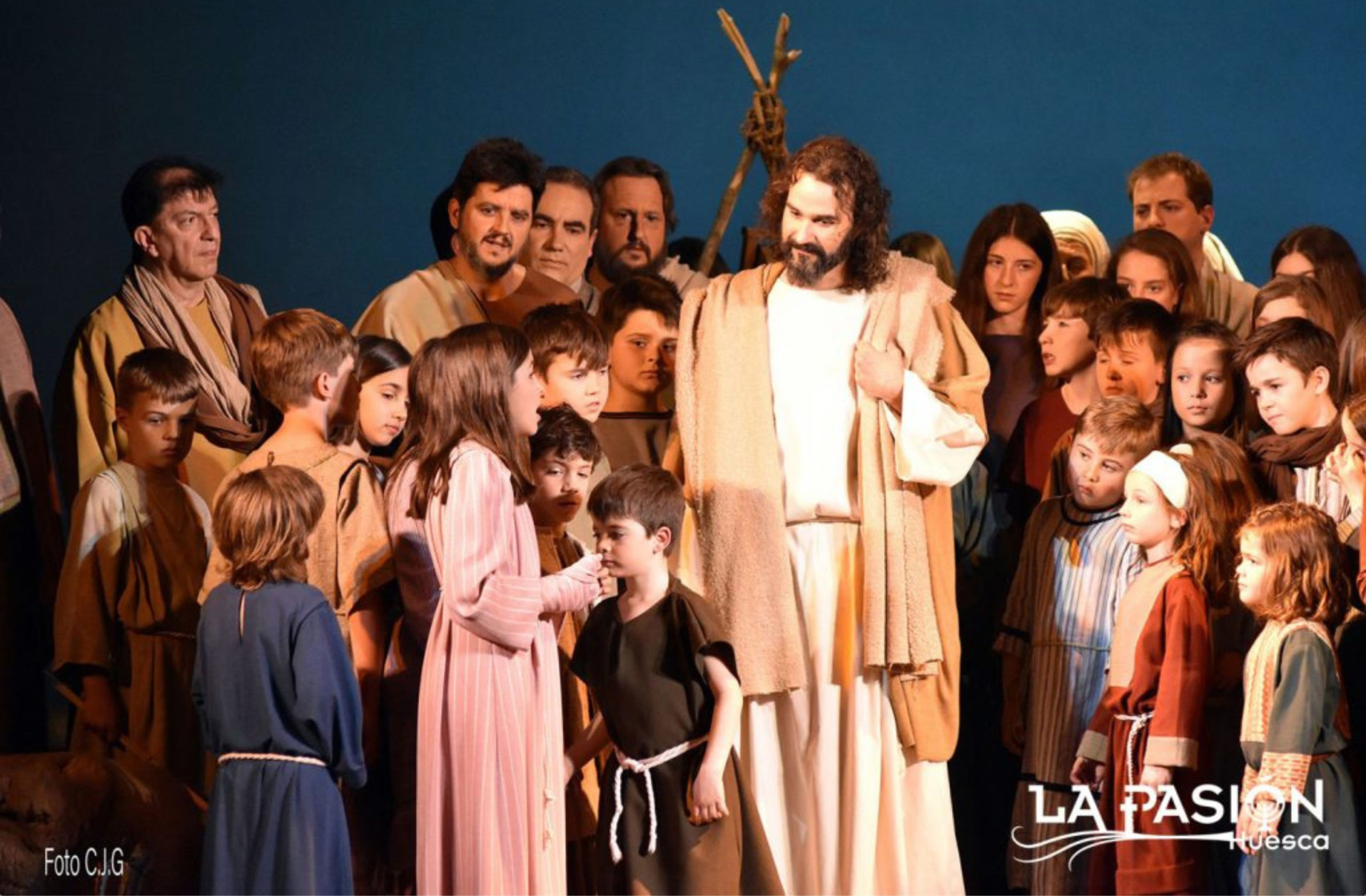
Zaragoza, Huesca and Teruel are other destinations of interest for lovers of Easter Week traditions. The one in Zaragoza, classified as a Festival of International Tourist Interest and Intangible Cultural Heritage of Humanity by Unesco, gathers every year more than 15,000 brotherhoods belonging to 25 different brotherhoods. With more than 700 years of history, the Holy Week in Zaragoza brings more than 4,000 drummers to the streets every year in its 55 processions, among which the procession of the Holy Burial on Good Friday, the longest and oldest in Spain, stands out.
For its part, Teruel has nine brotherhoods and sisterhoods that congregate in a festival declared of National Tourist Interest, in which the emotional General Procession, the one celebrated on the afternoon of Good Friday, and the Breaking of the Hour in the popular Plaza del Torico, mark its most important moments. In addition to the liturgical acts, this year there is a complete cultural agenda with concerts of sacred music, exhibitions and conferences.
Huesca’s Holy Week is characterized by the Passion Play, one of the best known and oldest traditions of Huesca’s Holy Week. This representation has been performed since 1947 in the Salesian Theater of the capital of Huesca by the Salesian Alumni Association. A singular staging that joins the Procession of the Holy Burial, which begins on Good Friday at 7 in the evening. In line with the processions of the north, the Huesca parade is an “auto sacramental” in the street, a dramatization of the story of Salvation, from the Last Supper to the image of the Recumbent Christ.
The death of Ateca
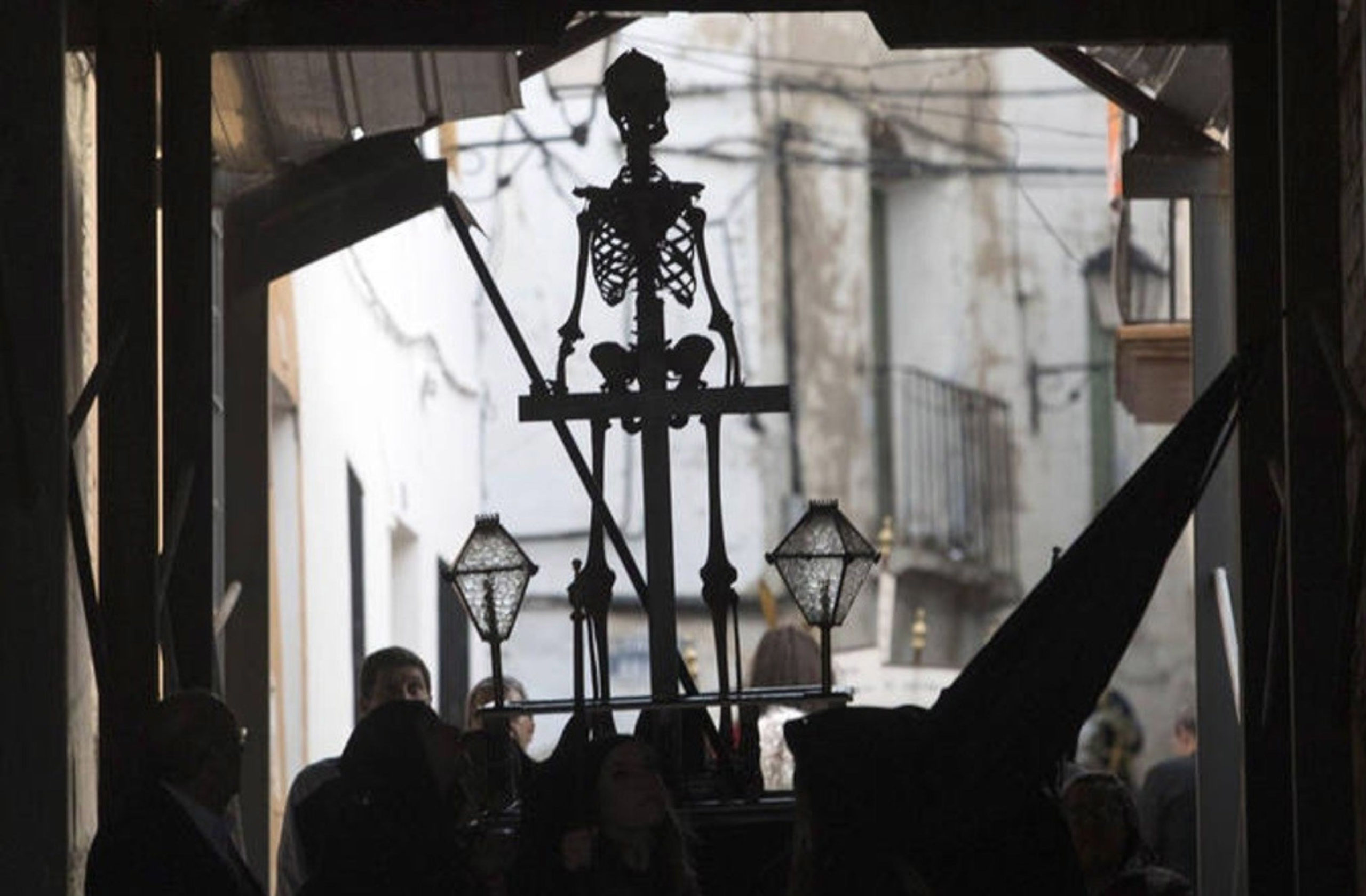
The Procession of the Holy Burial is the most important moment of Holy Week throughout Spain, but in Ateca this route has a particularity that makes it unique. And it is that in the town of Zaragoza a real human skeleton crowns the passage of the Death of Ateca. It is a human skeleton, about a meter and a half high whose bones are strung by wires, and occupies the second place of departure in this central act of these days.
This paso, belonging to the Brotherhood of Nuestra Señora de la Soledad, was carried in procession for the first time in 1661. It culminates a Good Friday day that begins in the church of San Martín, in the morning, with the so-called ‘sermon of the slap’.
The Holy Week of Ateca has been declared a Festival of Tourist Interest of Aragon.
The Beatas de Graus
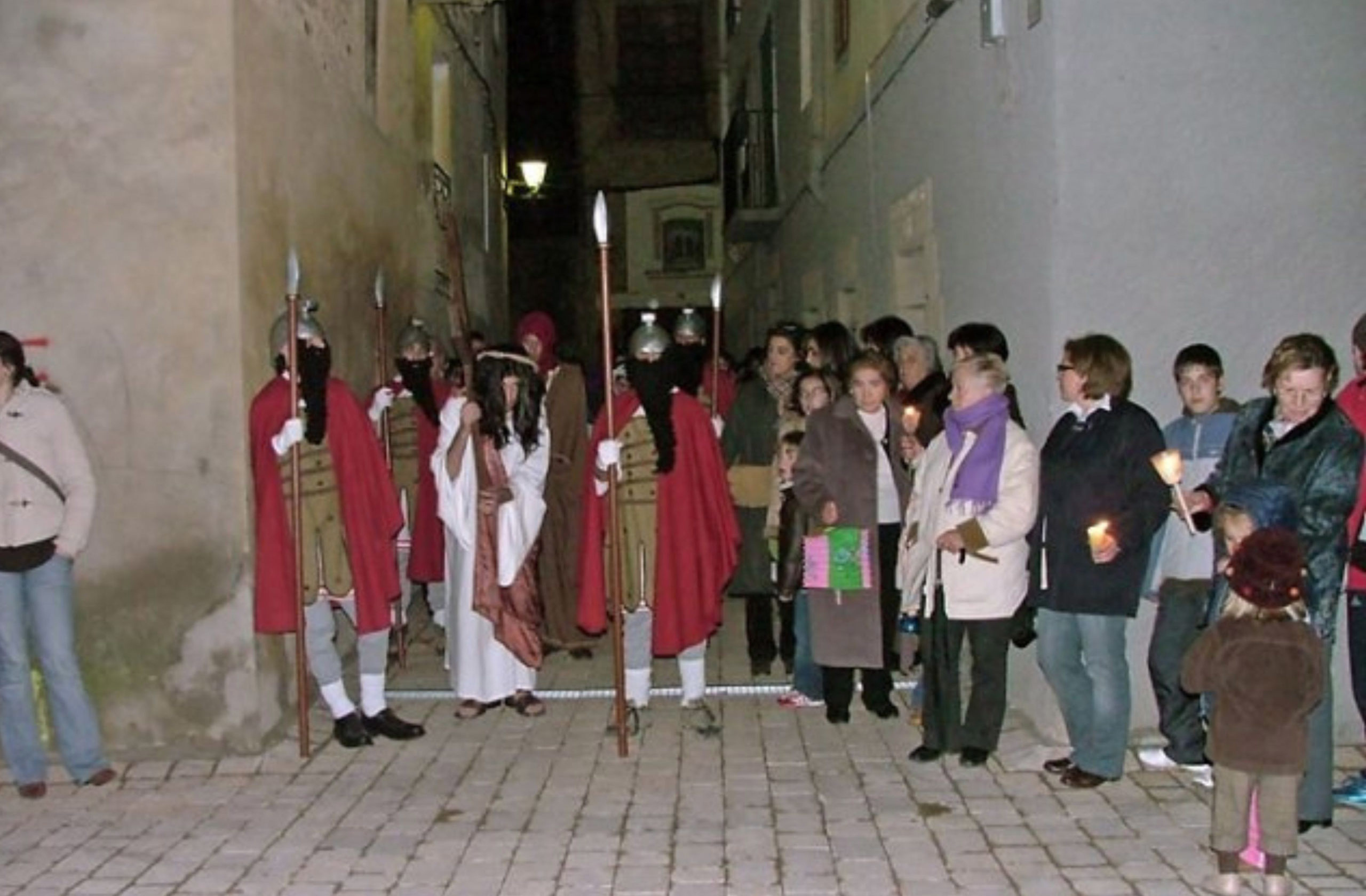
In total silence, the Brotherhood of the Magdalena and Soledad, composed entirely of women, walks the streets of Graus on the night of Holy Wednesday in the so-called Procession of the Beatas, also known as the “Farolé”. A procession in which, formerly, only women and children, Graus travel in silence carrying small lanterns. A counterpoint to the sound of the usual drums of the Aragonese processions.
The Roman Holy Week of Used
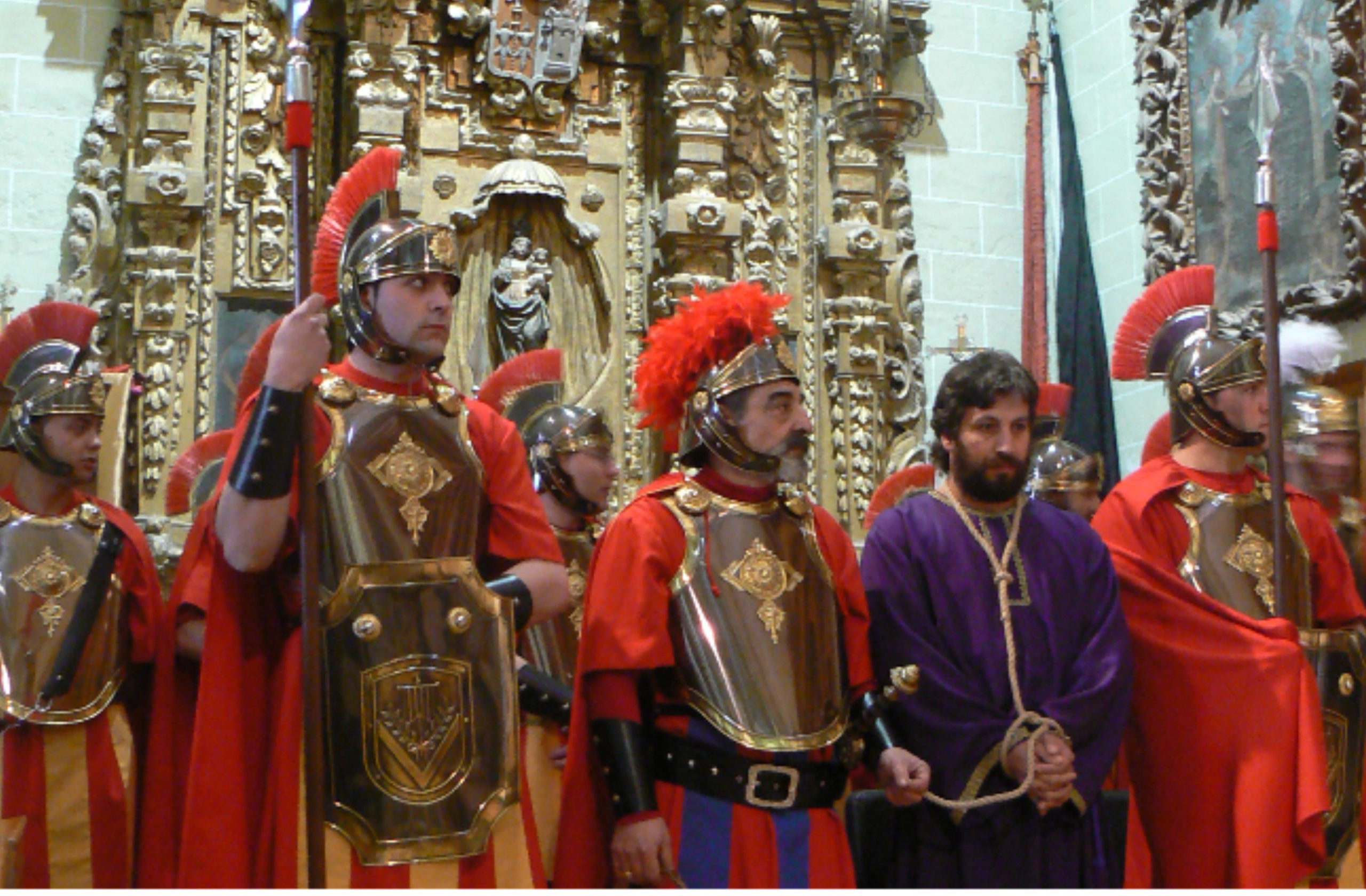
Holy Week in Used is another of the most interesting traditions of the Aragonese Holy Week. A total of 100 people interpret the arrest of Jesus, represented by a hundred interpreters dressed as Roman soldiers, among other figures of the time. Sibyls, Simon of Cyrene, Queen Esther, King David, Moses, Abraham or Isaac are not missing in this collective representation. The Roman soldiers of Used also have a special participation on Good Friday.
The Holy Week of Used has been declared a Festival of Tourist Interest of Aragon.
The Sermon of the Tortillas of Teruel

Once Easter Week is over, and after Easter Sunday, the people of Teruel gather on Easter Tuesday in the outskirts of the city to eat and have a snack together. It is a celebration in which there is no shortage of pork products (the period of abstinence is over), potato omelette or hard-boiled egg doughnut.
Popular belief places the origin of this celebration in two traditions. One relates the celebration of this feast with the annual renewal of the municipal offices of the Council of Teruel and the other, with the requiem mass in the hermitage of the Villa Vieja.
Beyond the Holy Week
The Holy Week of Aragon has many focuses of interest, although the visitor also has within his reach other attractions that he can enjoy during his visit. Albarracín, one of the most beautiful villages in Spain, with its medieval wall and its hanging houses, the natural wealth of the Maestrazgo, the deep valleys of the Pyrenees of Huesca, Jaca and its citadel or the beautiful towns of Aínsa or Bielsa, are other places that can be visited during Easter Week in Aragón.




